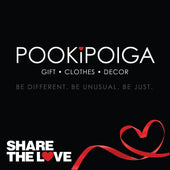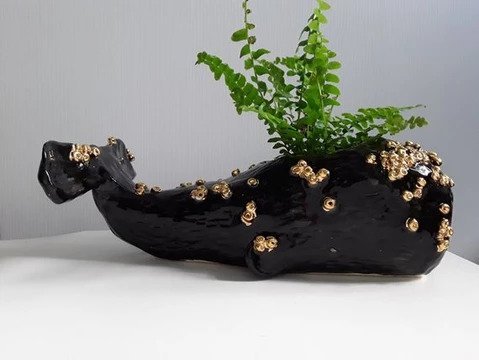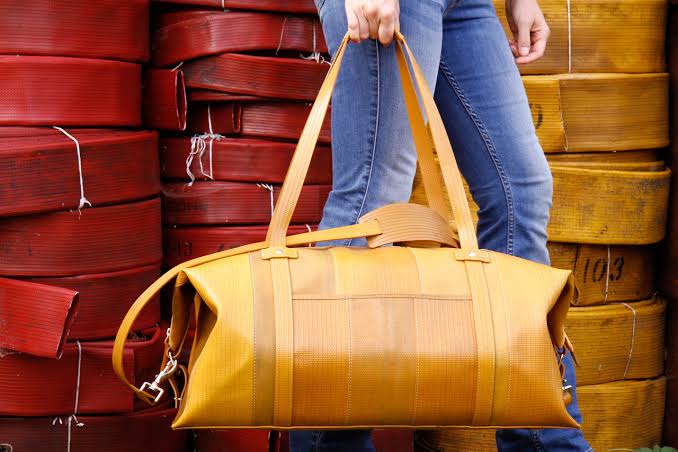
Princess cut, basque cut, bias cut, halter cut, mermaid cut, when it comes to women’s fashion is it the various stylish cuts and exceptional stitching that makes an outfit a statement of its own. Designers are in the race to create unique garments that compliment different body types and tastes. When given a fabric they get creative on cutting and designing the perfect silhouette that flatters a women’s body shape from any angle.
All of this is very important especially when you are fashion conscious and want to keep up with the trend, and truly hats off to the designers in coming up with such ideas that boost our confidence while worn. However, while all of this is aesthetically pleasing on a whole, just consider the fabric by itself and the fact that it is something that is generated using so much effort and creativity, is it fair to just use a part of it and simply throw away the rest? Or would it be resourceful and innovative to give the discarded bits a new life and meaning?
Producing fabric requires a large amount of water, chemicals, technology, and manpower. By considering those as being disposable is something that leads to textile waste which as a result is harmful to the environment. This is because leftover fabric that was cut to design garments usually ends up in landfill which causes environmental issues in the long run as some of the fabrics such as the plastic derivative fabrics like polyester do not break down easily which then release greenhouse gases and with chemicals and dyes polluting the surrounding environment and waterways.
To avoid such textile waste, there are many creative upcycling ideas that the fashion industry is beginning to practice these days. Leftover fabric or threads which are normally discarded is used to design accessories or create new textures on garments and home furnishing. This implicates a sense of waste-awareness together with creating one of a kind items.
DEVOI is such a brand whose intention is to suppress such a cycle of waste. The slow-fashion womenswear is committed to countering the damaging effects of mass-consumption that result from fast fashion with the core principle of underpinning conscious and considered fashion. The brand makes sure that its garments are trendy, long-lasting and ethical.
Each DEVOI collection is made in limited runs so that there are fewer excess fabrics or an oversupply of stock which is the main reason for textile waste. At every stage of development and production, DEVOI aims to improve ethical and environmental outcomes and has a zero fabric waste policy.
This said, whenever designing a printed dress, skirt or top, there is bound to be off-cuts. Instead of throwing away these, the brand utilizes this signature prints by creating unique handmade cloth-based accessories, such as belts, pouches, headbands, and scrunchies.
Regarding the textile used to create the product, DEVOI avoids using synthetic fibers and instead uses fabrics made out of natural fibers like silk, viscose, and linen which can be cleaned in cold water with natural detergents. These natural fiber clothing are more sustainable than synthetic fibers such as polyester, rayon or nylon which require high energy use and crude oil. Moreover, because natural fibers are plant materials, they decompose quickly, whereas synthetic fibers which are essentially plastic, are not quickly biodegradable.
The custom-designed fabrics are adorned with digital printing which consumes less water than screen printing and produces far less toxic wastewater. The brand also avoids inks and dyes which contain toxic heavy metals or harmful chemicals and uses instead AZO-free dyes and natural dyes made from plant materials.
As far as manufacturing is concerned, DEVOI engages with businesses that have environmental and ethical standards as part of their manufacturing practices. This involves fair-trade where workers are remunerated fairly, have safe working conditions with ample lighting and ventilation and comfortable seating and complete avoidance of sweatshops, child labor or slavery.
During off-peak periods, some of the manufacturers repurpose fabric scraps by creating mattresses, pillows, patchwork bed linen, and school bags which are distributed to the needy either directly or via NGOs. Whereas some passes leftover fabrics to charities, who turn those fabrics into handcrafted products. The profits from the sale of the handcrafted product support the work of the charities.
In addition to this, One of the brand’s dyeing mills has a treatment plant that uses evaporation and separation technology to clean the effluent produced during the dying process. The recycled by-product is then available for further use.
Pookipoiga’s DEVOI collection includes the Catherine Skirt - a 100 % linen paper bag skirt that has an elasticated waist with a draw string tie, fastening at the centre front with front zip detail and side pockets. To complement this, the black coloured Lise top has a boat neckline and bust darts for shaping. Worn loose, this top looks great tucked in or left out to hang loose.



